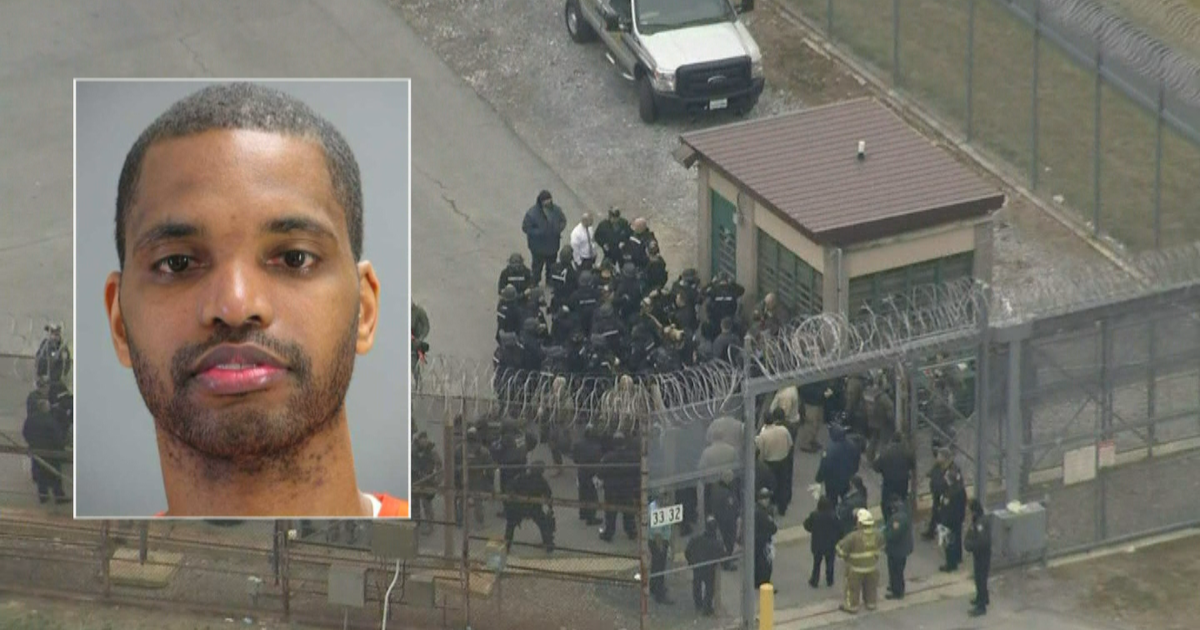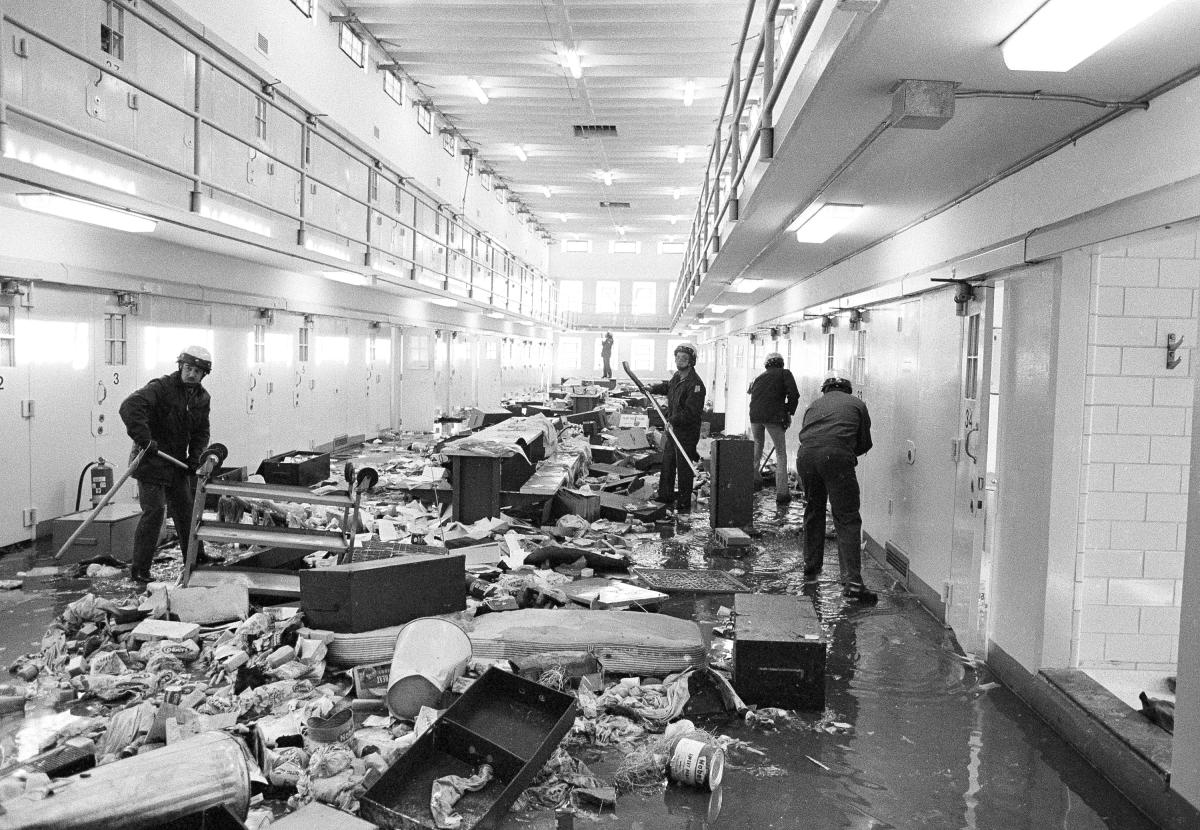Deadly Prison Riots: Latest Updates And News
Are prison walls truly built to contain, or do they sometimes become the cauldrons for explosive unrest? The grim reality is that prisons, designed for order and control, can unexpectedly become scenes of devastating violence, as evidenced by a string of recent, deadly riots across the globe.
The echoes of chaos reverberate through the cold, sterile corridors of correctional facilities, a stark reminder of the volatile environment within. In Ecuador, the public prosecutor reported a harrowing toll: at least 44 inmates killed in the latest deadly prison riot. This eruption of violence, occurring within a prison in Santo Domingo, involved a clash between rival gangs, Los Lobos and R7, a stark illustration of the deep-seated power struggles and territorial disputes that can ignite within prison walls.
These events are not isolated incidents; they are part of a larger, disturbing trend. In recent months, Ecuadorian prisons have become the site of repeated outbreaks of deadly violence, including an earlier riot that claimed the lives of over 100 inmates and left dozens more injured. Such events underscore the complex challenges faced by prison systems globally, including overcrowding, gang activity, and the inherent tensions that simmer beneath the surface of institutional life.
The situation is not unique to Ecuador. Across the globe, other prison systems have grappled with similar crises. In the United States, the Ely State Prison in Nevada witnessed a brutal fight that resulted in the deaths of three inmates and injuries to several others. This event, occurring on a Tuesday, prompted a lockdown and investigation, highlighting the precariousness of maintaining order within these institutions.
To understand the breadth and depth of these events, it's essential to look back at the history of prison uprisings. The Attica prison riot in New York, which began on September 9, 1971, and ended on September 13, stands as one of the most violent in the history of the U.S. prison system. The riot resulted in the deaths of 43 men (33 inmates and 10 correctional officers and employees). The event prompted significant changes in prison reform and became a touchstone for discussions of prisoner rights and prison conditions.
Beyond the individual incidents, these events also expose the vulnerabilities of prison security and the limitations of current strategies in addressing the root causes of violence. The incidents are often fueled by a confluence of factors, including gang rivalries, drug trafficking, overcrowding, inadequate staffing, and poor living conditions. The impact of these factors can create a climate of tension and desperation, contributing to an environment where violence becomes a recurring feature.
The following table encapsulates key details about the specific incidents mentioned, allowing for a comprehensive comparison of the events. The table includes the incident location, date, number of fatalities, and contributing factors.
| Incident Location | Date | Fatalities | Contributing Factors |
|---|---|---|---|
| Santo Domingo, Ecuador | Recent | At least 44 inmates | Gang violence (Los Lobos vs. R7) |
| Ely State Prison, Nevada, USA | Tuesday, July 30 (mentioned) | 3 inmates | Fight among inmates |
| Lee Correctional Institution, Bishopville, South Carolina, USA | April 15, 2018 | 7 inmates | Gang-related, prison conditions |
| Penitentiary of New Mexico, Santa Fe, USA | February 2-3, 1980 | 33 inmates | Poor conditions, overcrowding |
| Attica State Prison, New York, USA | September 9-13, 1971 | 43 (33 inmates, 10 officers/employees) | Prison conditions, prisoner rights issues |
| Southern Ohio Correctional Facility, Lucasville, USA | (approx.) 30 years ago | 1 guard, 9 inmates | Gang violence, hostage situation |
| California Men's Colony, California, USA | (Mentioned as recent) | 1 inmate | (Unspecified) |
Corrections.com
The ripple effects of these prison riots extend far beyond the immediate violence. They have lasting consequences for the survivors, the families of victims, and the communities surrounding the prisons. These events can also lead to increased scrutiny of prison conditions, calls for reforms, and legal challenges. It is crucial to examine the systemic issues that fuel these events, and to seek out solutions that address the underlying causes of prison unrest, with an aim to create safer, more just and humane prison environments.
The situation in Ecuador, with the latest deadly prison riot, presents a particularly grim picture. This latest outbreak of violence adds to a growing crisis that has engulfed the country's prisons. The Ecuadorian government has stated that the fight at a detention centre southwest of the capital, resulted in 12 deaths (although the exact details are still emerging). The incident reflects the ongoing struggle to manage the escalating violence and maintain order within its correctional facilities. Gangs, such as Los Lobos and R7 are often involved in these incidents, and the presence of organized crime within the prison system presents a significant challenge to authorities.
Looking at the broader picture, incidents at the Ely State Prison in Nevada and the Lee Correctional Institution in South Carolina show the persistent nature of prison violence across diverse locations. The Nevada Department of Corrections confirmed that a fight on a Tuesday at Ely State Prison caused three inmate deaths. The events in South Carolina, on the other hand, stand out due to the severity of the violence and the subsequent legal proceedings. The 2018 riot at the Lee Correctional Institution was declared as one of the most violent incidents in the United States in the last 25 years, leading to the convictions of inmates. The legal actions following these events highlight the complexities of accountability within the context of prison violence.
The Attica prison riot of 1971 remains a benchmark in understanding the history of prison uprisings in the United States. Its impact on prison reform, coupled with the high number of fatalities, emphasizes its significance. In that uprising, 33 inmates and 10 correctional officers and employees lost their lives. The Attica riot forced people to confront the underlying issues of prison conditions and prisoner rights, and it prompted significant reforms in the years that followed. The tragedy remains a harsh reminder of the profound consequences of unrest within correctional facilities.
The New Mexico Penitentiary riot of February 1980, with its 33 inmate fatalities and numerous injuries, also serves as a stark reminder of the dangers present in maximum-security facilities. The incident highlighted poor prison conditions and the potential for extreme violence to erupt under such circumstances. The event brought into focus the importance of maintaining a safe and secure environment for both inmates and staff. It also highlighted the importance of proactive measures to address the root causes of unrest.
The prison riots in Lucasville, Ohio, stand as a case study in gang violence. In this incident, involving over 400 inmates from three gangs, the siege lasted for nearly two weeks, resulting in the deaths of nine inmates and one guard. The incident underscored the degree to which gangs can take control of prisons. It is important to understand that the events in Lucasville and those at Attica, the penitentiary in New Mexico, and in the other locations, represent the diverse types of prison unrest, each driven by different underlying issues.
The circumstances surrounding the California Men's Colony incident, where a recent prison riot resulted in the death of an inmate, serves as another reminder of the pervasive nature of prison violence. While the specific details of the causes and background are not yet fully known, the event underscores the persistent threat of unrest within the state's correctional facilities.
The question is not if, but when, the next prison riot will occur. The confluence of overcrowding, gang activity, and systemic failures to address these issues leads to the tragic, repetitive cycle of violence. The challenge before us is to address the root causes of unrest, creating a safer, more equitable system of corrections. This involves a focus on rehabilitation, and on creating prison environments where inmates are treated with respect, and where the conditions promote a degree of safety and dignity.
The frequency and intensity of these riots highlight the urgent need for comprehensive prison reform. This includes addressing overcrowding, improving prison conditions, and providing adequate resources for rehabilitation and mental health care. The goal should be to create prison environments that are safer for both inmates and staff, and that promote the possibility of successful reentry into society.
The focus on these recent incidents, like the deadly riot in Ecuador, should serve as a catalyst for change. The goal should be to reduce the likelihood of future outbreaks of violence. It requires a collaborative effort involving prison officials, lawmakers, community organizations, and, most importantly, inmates and their families. The hope is that by understanding the patterns and issues that contribute to these prison riots, the path towards a more just and effective correctional system can begin.

3 Inmates Sentenced For Roles In 2017 Deadly Prison Riot In Smyrna

NM eyes opening deadly prison riot site as museum

Authorities Prison riots in Ecuador leave 62 dead